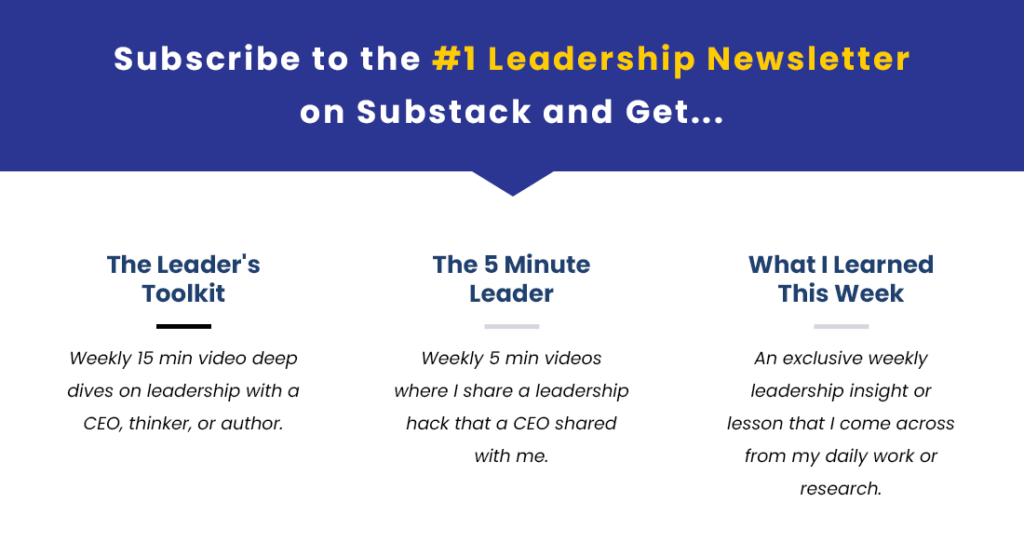Greatness Graphics are visuals designed to take leadership concepts and make them fun and simple. They are available exclusively to FREE subscribers on Substack, this is just the preview version. If you want the infographic along with the full article, enter your email here, it’s free and easy.
When discussing the conventional notion of “management,” it often goes unnoticed that the entire framework was originally designed and cultivated to uphold the existing order, to evade and resist change, and to enforce rigid standards, rules, and protocols.
In this context, managers were likened to juicers, with employees serving as the fruit. The primary objective of a manager was to extract every last drop of potential from their workforce.
Engagement? Health and well-being? Employee experience? Flexible work programs?
You must be joking!
These are all relatively fresh and innovative concepts. Fortunately, we find ourselves in a new era, where the landscape is rapidly evolving. Gone are the days when anyone aspires to be a manager or desires to be managed (in the traditional sense).
So how can you tell if you are working for this new breed of truly great leader?
Well, there are 5 signs to look out for.
1. Acts Like A Coach
Coaches and mentors are powerful instruments of change. Coaches help us all the time in our personal lives whether it be on the soccer field, in the gym, or in a therapy session. Why shouldn’t we have a coach in the workplace? And who better to be that coach than your leader? Truly great leaders (and I’m not necessarily talking about senior executives) encourage and empower their employees to accomplish their goals the same way a trainer would. These leaders see beyond their official job description to have a genuine and vested interest in the success of their people. These coaches believe in lifting up employees, removing obstacles from their paths, and helping them become more successful than they are. Perhaps the most crucial quality of a great coach is someone who is willing to make you more successful than they are!
2. Understands Your Weaknesses But Focuses On Your Strengths
It’s easy for us to get hung up on the shortcomings of others. If something doesn’t go as planned, just blame the weaknesses for failure. “Jim isn’t a great designer so we didn’t get the project.” “Brenda isn’t a great speaker so the client didn’t listen to her.”
It’s much harder to look past the weaknesses to instead focus on the strengths that individuals possess. This doesn’t mean simply turning a blind eye to weaknesses, it means understanding that they exist but looking beyond them to focus on what someone is truly good at.
John Wooden was one of the greatest coaches ever, he guided UCLA’s men basketball team to 7 championships…in a row. He understood that you can’t have a team where everyone is an all-star. However, John also knew he had certain players on the team who could only consistently make a basket from a certain part of the court. Instead of trying to get those players to be great shooters from the entire court, he would design plays so that the player would get the ball in the specific part of the court where they had the highest chance of scoring…he focused on their strengths.
Truly great leaders understand the strengths of their employees and they do what they can to make those strengths shine. We see this all the time in sports teams. We need to see more of this in the workplace and it starts with the leaders.
3. Wants To Know Your Story
Everyone has a story of where they came from, how they got to where they are today, what they care about and value, and what they want their life to look and be like. Your story is what makes you… you.
When I interview business leaders on my podcast, Great Leadership With Jacob Morgan, I always ask them where they came from and how they got to where they are. The stories I hear are truly amazing.
Truly great leaders want to know your story, they want to get to know you as a person not as simply someone who is filling a role on a team. This can be as simple as periodically checking in and saying, “How are you?” to taking employees out for coffee and talking about anything non-work related. Building this relationship is crucial for truly great managers.
Does your leader really know you and your story?
Get the other two along with the infographic by subscribing to the free version of Great Leadership On Substack, just enter your email here and click on the “free” version.

Comments